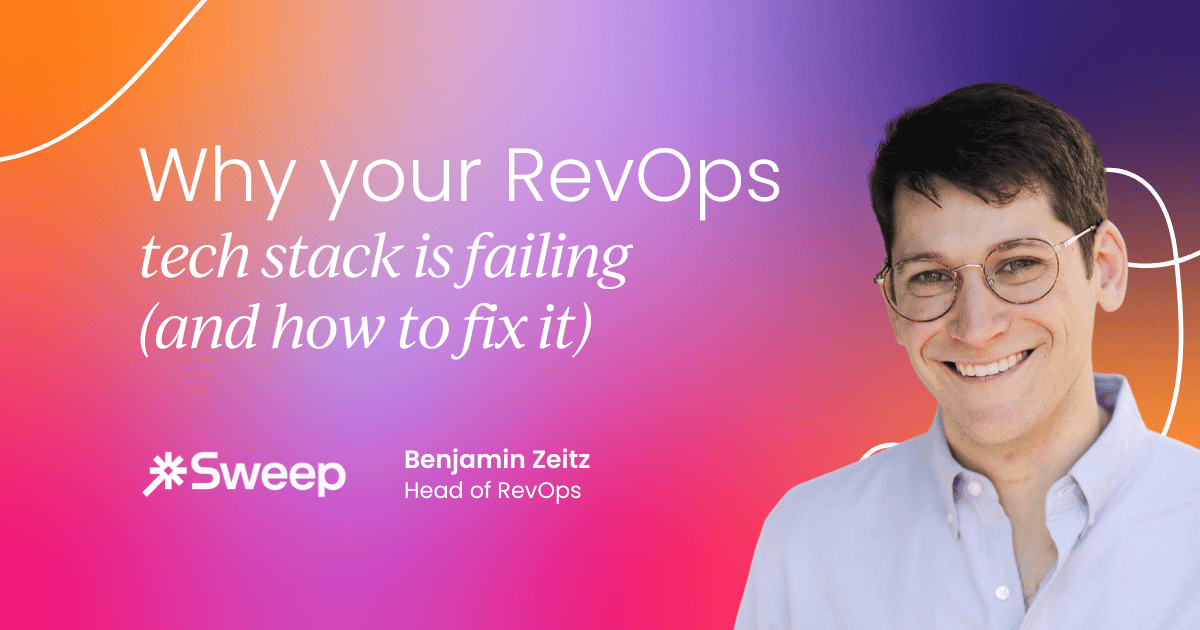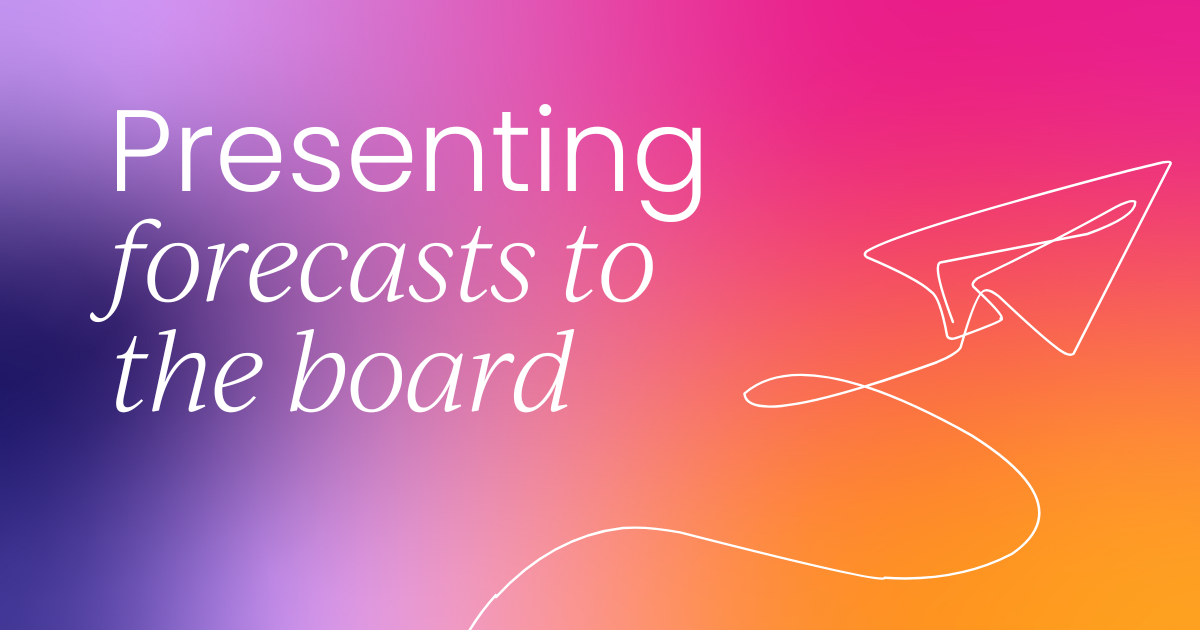If there’s one thing I’ve learned in RevOps, it’s that the shiniest tool isn’t always the best tool. We’re often flooded with pitches about AI, automation, and intelligence layers. But none of it matters if it doesn’t solve a meaningful problem.
For us, the problem was clear: we needed more pipeline. Our reps weren’t consistently engaging with our ideal customer profile, and the outbound engine wasn’t firing on all cylinders. So, when we evaluated platforms, we weren’t just shopping for features; we were laser-focused on what would help us generate more quality opportunities.
That’s how we landed on Outreach.
Of course, other vendors had impressive add-ons as well. Some offered best-in-class call recording. Others had robust AI. But Outreach met the moment. Their sequencing tools and ability to support outbound prospecting were exactly what we needed. That’s what tipped the scales.
Ironically, their call recording tool, Kaya, ended up being a surprise win. The team was genuinely impressed with it. It wasn’t the original problem we were solving, but it added value we hadn’t anticipated.
Start with the problem, not the features
It’s tempting to get excited by what’s new or what’s trending. But in RevOps, we need to stay grounded. A new tool won’t improve win rates just because it’s new. It will only help if it drives the behaviors and outcomes that move the needle.
So, as we started implementing Outreach, we made sure to pair it with something just as critical: a shared mindset around enablement. But then we started implementing the JOLT effect.
Dealing with indecision: Enter the JOLT effect
If you’re not familiar with The JOLT Effect by Matt Dixon, it’s one of the most powerful frameworks I’ve come across in the last few years. The central insight is this: the biggest reason deals are lost isn’t to competitors – it’s to indecision.
After analyzing two million recorded sales conversations, the authors found that 56% of deals lost to “no decision” were actually lost because the buyer was afraid of making the wrong call. It’s not FOMO. It’s FOMU… fear of messing up.
That insight hit home.
So, we baked JOLT into our enablement strategy. At SKO, I presented a full session on indecision and how it’s shown up in our own deals, using quotes from win/loss interviews I personally conducted. We backed it up with data, gave it context, and tied it to real revenue impact.
From there, our enablement lead took the reins and kept the momentum going. It’s a constant drumbeat rather than one-on-one training: JOLT principles in call reviews, in deal strategy sessions, and in ongoing coaching.
Tools that reinforce behavior
We also started using Virtual Sales Rooms (VSRs), which turned out to be a perfect match for JOLT’s first pillar: Limit the Exploration. The idea is simple. Don’t make buyers hunt for information. Make everything accessible, organized, and centralized in one place.
In our VSRs, buyers get:
- Custom welcome videos
- A mutual action plan
- Demo recordings
- Implementation guides
- Relevant case studies
- And even a branded experience
Now, buyers aren’t digging through email threads or searching for attachments from three weeks ago. They always have the latest version, and they’re engaging on our terms, not chasing down PDFs.
Here’s where it gets real: the sellers who lean into VSRs see higher win rates. Full stop.
They upload every Zoom call. They build out a clean action plan. They personalize the room. They make it easy for the buyer to say yes. And it works.
The reps who don’t? Their win rates stay the same. They’re technically “using” the tool, but they’re not extracting its value.

Driving consistency with RevOps
As RevOps, one of our roles is to make sure great tools don’t turn into shelfware. So we put a structure behind VSR adoption. On our biweekly “Rev Up” call (which, yes, is our version of a sales enablement all-hands), we spotlight usage metrics. We show which reps are getting the most lift from their VSRs and what best practices they’re following.
We also surface the missed opportunities: reps who are falling short, not because of effort, but because of inconsistent execution.
And to keep training engaging, we use SpecIt to run “Tactic Tuesday” banners directly in Salesforce. Every Tuesday, reps see a banner when they log in, pointing to a quick tip or short video. It’s not intrusive because it’s expected. That’s the key.
Reps don’t want friction; they want guidance. The more we can meet them in the flow of their work, the more they’ll engage with enablement.
The power of narration in RevOps
If I had to boil down my approach to RevOps into a single framework, it would be this:
Democratize. Disseminate. Narrate.
RevOps has access to more insight than anyone else in the company. We know:
- The pipeline
- The forecast
- The win/loss data
- The market
- Our newest customers
- Our churned accounts
But insight isn’t impact unless it’s shared. So we start by democratizing information, making it available to sales, CS, marketing, and leadership. Then we disseminate it, meaning we push it out regularly, not just when someone asks. And most importantly, we narrate it.
Because without context, data is just noise.
As RevOps leaders, we see patterns across months, quarters, even years. We know where the headwinds are. We know which tweaks changed conversion rates. That’s the story we have to tell. Not just the numbers, but what they mean.
Sometimes it’s as simple as a TL;DR on top of a dashboard. Just enough to make sure the data drives action.

Advice for aspiring RevOps pros
I often get asked: “How do I break into RevOps?” My advice?
Don’t do the job you have. Do the job you want.
Of course, don’t stop doing the job you have… that would get you fired. But start operating like you’re already in RevOps. If you’re in sales, become the expert on your pipeline. Understand pricing and packaging better than anyone else.
If you’re in enablement, own the connection between training and conversion. If you’re in product, start building for the go-to-market team.
No one’s stopping you from pulling win/loss data. No one’s stopping you from sending a weekly TL;DR to your team. The best way to move into RevOps is to start thinking like a RevOps pro today.
Final thoughts
Revenue Operations sits at the intersection of data, tools, people, and process, and when it's working well, everyone around you moves faster, communicates clearly, and wins more. But success doesn’t come from simply rolling out new platforms or implementing the latest trend.
It comes from driving real adoption, reinforcing best practices, and staying focused on the problems you're actually solving.
Whether it's helping reps reduce buyer indecision, improving how teams use digital sales rooms, or keeping pipeline insights front and center, your job is to make sure the revenue engine runs smoother every quarter.
If you're already in RevOps, take pride in how much context you hold. And don’t keep it to yourself. Share it, frame it, and help others make smarter decisions with it. And if you're looking to break into the space, start doing the work now. Become the person who knows the numbers, understands the blockers, and can bring clarity to the chaos.
That’s how you earn trust, and that’s how you make an impact.
This article comes from Ethan Lippman’s brilliant episode of RevOps Unboxed with host Sandy Robinson. Check out their full discussion and the wealth of expert RevOps wisdom waiting for you in our other episodes.


 6 min read
6 min read
 Follow us on LinkedIn
Follow us on LinkedIn





